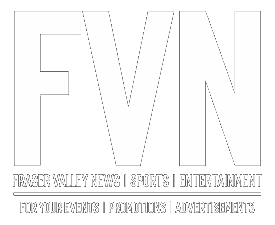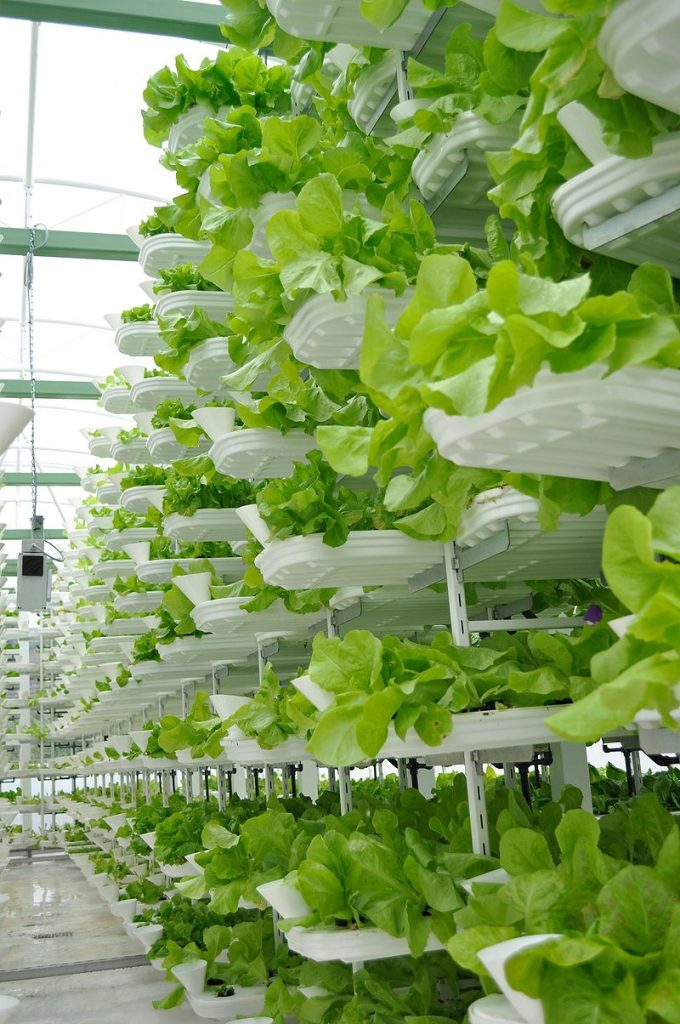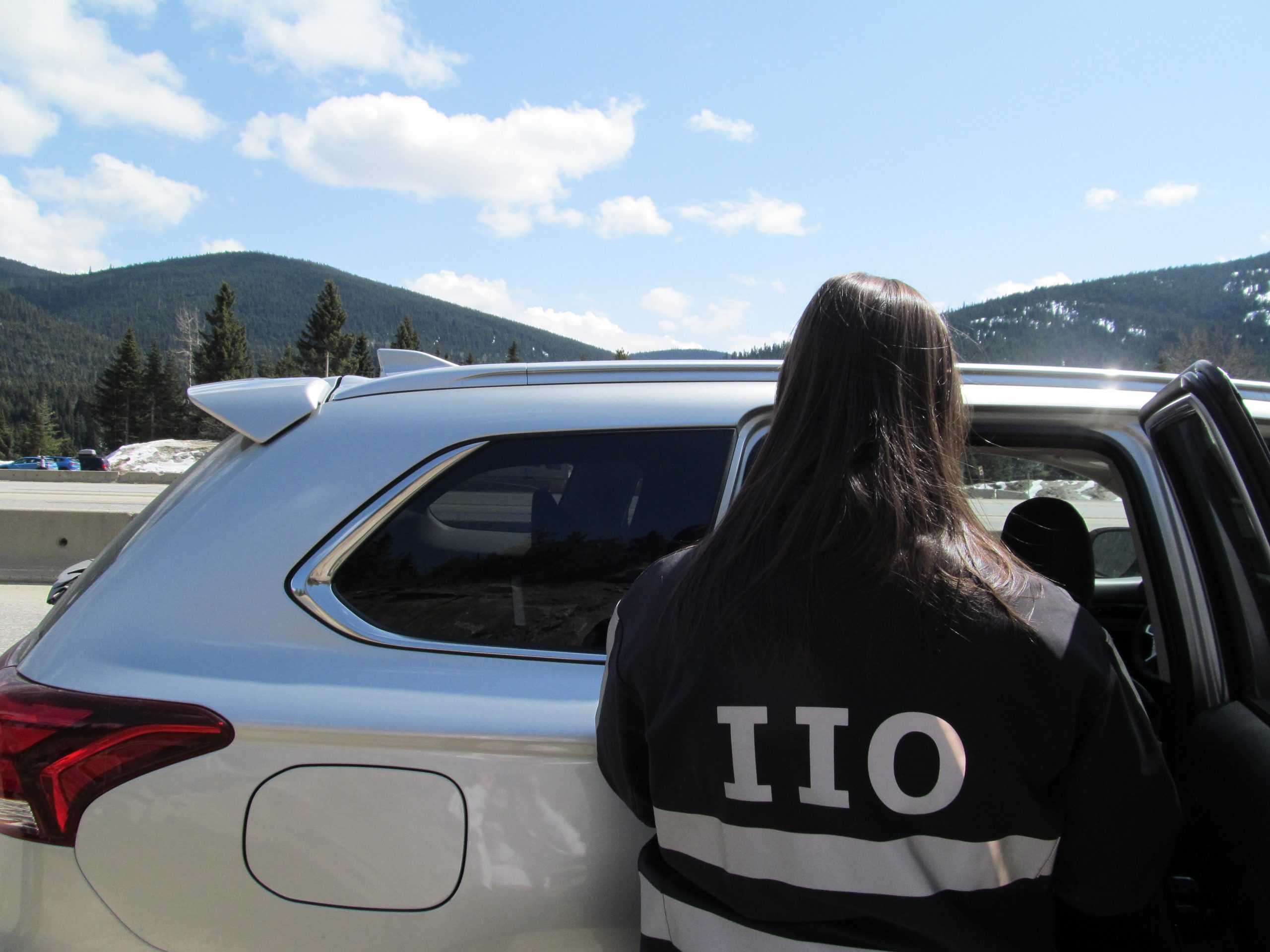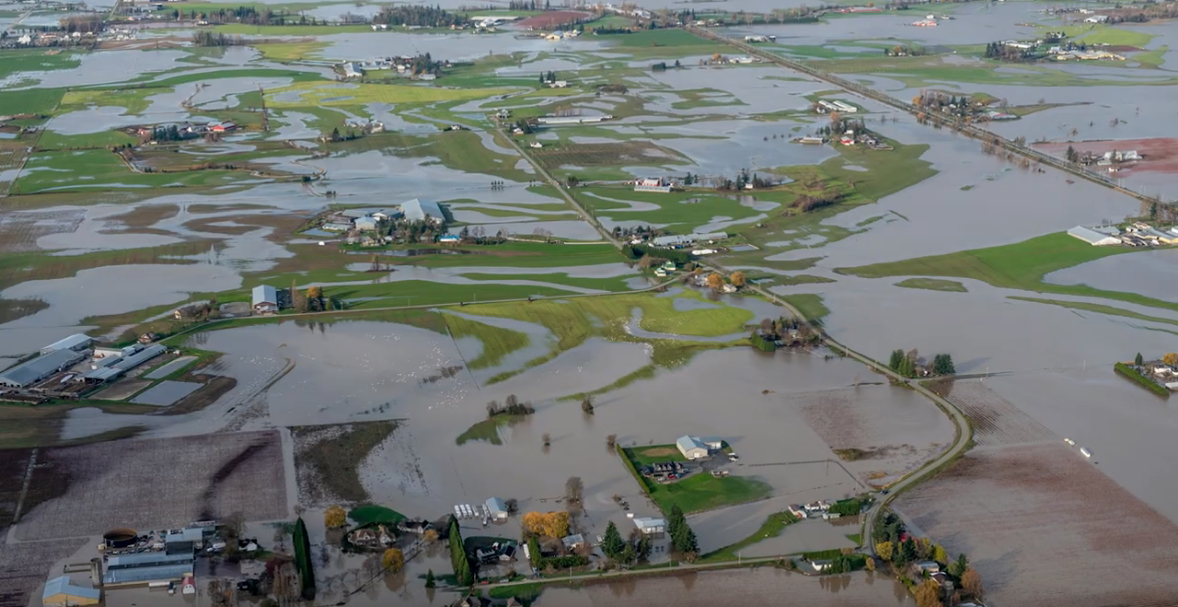Victoria -In a February 19 media briefing, an improvement to the Agricultural Land Reserve (ALR) Use Regulation is part of the StrongerBC Economic Plan.
This sets out to make British Columbia a global player in the agritech marketplace.
Part of this is vertical farming, which is a space saver yet still provides a sustainable and (on paper) profitable crop.
“Making B.C.’s food system more sustainable and resilient helps build a stronger economy and prosperous farming communities,” said Lana Popham, Minister of Agriculture, Food and Fisheries. “When the pandemic and recent climate change-related floods disrupted supply chains, British Columbians were reminded of the incredible bounty in our own back yard. Opening opportunities for more vertical farms and innovative agritech practices in partnership with existing traditional farms helps solve our overall food security and food economy puzzle.”
The regulation allows for more intensive farming, known as vertical farming, where crops are grown in vertically stacked layers, maximizing space and reducing energy costs and greenhouse gas emissions. While vertical farming can be placed anywhere, this opens the door to additional opportunities on ALR land for farmers and farm businesses to produce more food for British Columbians.
The ALR is designed to ensure food security and these changes allow it to be used in a practical way to increase local food supply. For example, vertical farming and other controlled environment structures can also make smaller pieces of land that are currently fallow more viable to grow on.
More on this is expected to be announced in the upcoming BC Spring 2022 budget.










